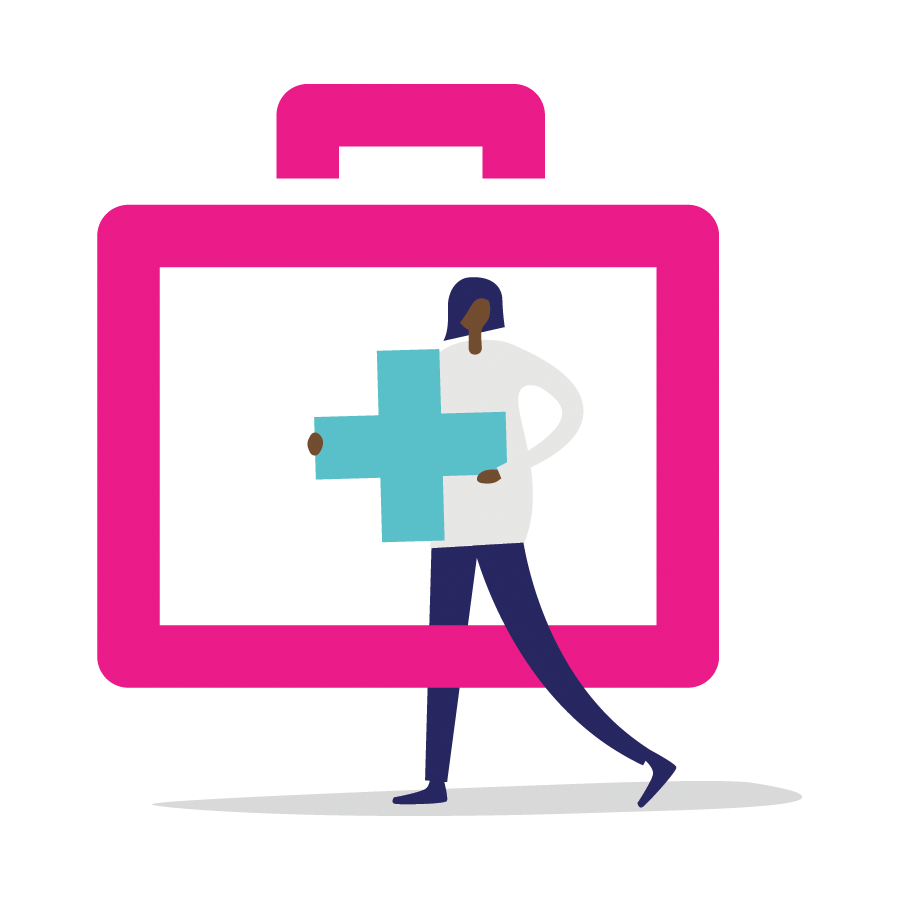Subscribe to our newsletter to receive the latest SafeAccess articles, straight to your inbox.
sign upOver the past few decades, the situation of induced abortion has changed dramatically. Guttmacher’s 2017 Abortion Worldwide report sheds light on the incidence of abortion worldwide, the laws that regulate abortion and the safety of its provision.
The report demonstrates that globally, 56% of unintended pregnancies end in induced abortion. Although there has been a decline in abortions within developed countries, as access to contraception has increased, in developing countries there has been no significant change in abortion rates.
In developing countries, 36 abortions occurred each year per 1,000 women aged 15–44 between 2010-2014. This is despite many countries within these regions having restrictive policies towards abortion. As of 2017, 42% of women of reproductive age live in the 125 countries where abortion is highly restricted (prohibited altogether, or allowed only to save a woman’s life or protect her health), with the vast majority (93%) of these countries in developing regions.
Positively, Guttmacher found that abortion safety is improving. Through the development and application of clinical guidelines and standards, as well as the implementation of the World Health Organization’s guidelines, safe abortion provision has been facilitated. Simultaneously, access to these safer services has been extended by allowing trained, mid-level health professionals to provide abortion in many countries. A shift of clandestine abortions away from dangerous, invasive methods to the use of medical abortion, primarily misoprostol alone, has also improved safety scores.
However, a lack of access to abortion continues to affect many. Of all abortions, the report estimates that a mere 55% are safe. In addition, the more restrictive the legal setting, the higher the proportion of abortions that are least safe, ranging from less than 1% in the least restrictive countries to 31% in the most-restrictive countries. Unsafe abortions occur overwhelmingly in developing regions, where countries that highly restrict abortion are concentrated. However, even in countries where services are broadly legal, inadequate provision of affordable services and persistent stigma can limit access to safe services.
For those looking to make the case for expanding access to safe abortion and post-abortion care services, Guttmacher’s findings on abortion incidence rates highlighted two key points:
- Firstly, when access to contraception is increased, abortion rates go down. By far, the steepest decline in abortion rates occurred in Eastern Europe and drops were also recorded in Central Asia. Both sub-regions are made up of former Soviet Bloc states where the availability of modern contraceptives increased sharply after political independence, leading to lower abortion rates.
- Secondly, that highly restrictive laws do not eliminate the practice of abortion, but make those that do occur more likely to be unsafe. Abortions occur as frequently in the two most-restrictive categories of countries (banned outright or allowed only to save the woman’s life) as in the least restrictive category (allowed without restriction as to reason) – 37 and 34 per 1,000 women, respectively. What varies is the safety of services received, with far higher rates of unsafe abortion, as well as subsequent deaths and complications, occurring in restricted settings.
In their call for expanding access to safe services, both legally and operationally, the authors of Guttmacher’s report shared the following:
“The path toward safer abortion is clear: The benefits of expanding legal grounds for abortion begin to accrue as soon as women no longer have to risk their health by resorting to clandestine abortion. Although legality is the first step toward safer abortion, legal reform is not enough in itself. It must be accompanied by political will and full implementation of the law so that all women – despite inability to pay or reluctance to face social stigma – can seek out a legal, safe abortion.”






